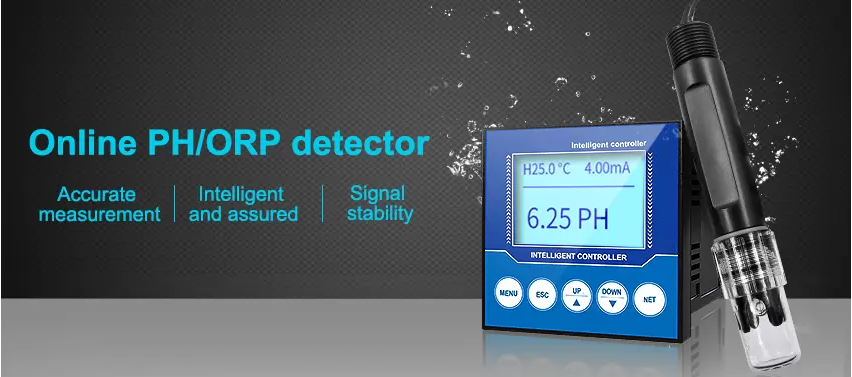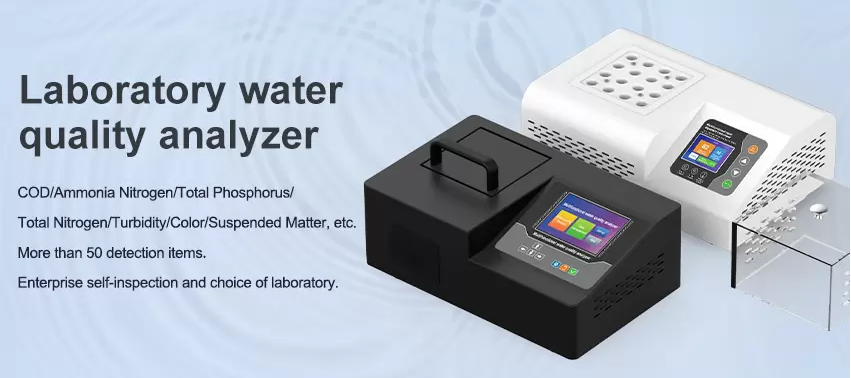Summary:
Some aquaculture industries use buffers and chemicals to maintain a stable and optimal pH. Monitoring pH using water quality pH sensors and transmitters can help determine when to adjust. The optimal pH sensor for aquaculture will have a flat measuring surface that can be automatically cleaned for use in water that may contain suspended solids.
The change of PH will cause the change of the content of some chemical substances in the water, and also cause the change of the form of many substances, especially the change of the existing form of some toxic substances, which will lead to the change of toxicity and indirectly affect the life activities of fish. Can also affect the water of suspended particles, colloidal and protein charged state, cause, such as adsorption, desorption and sink at the same time also can destroy water phytoplankton production in one of the most important material base, the supply of phosphate compound and inorganic nitrogen, Fe and C element absorption, resulting in photosynthesis and all kinds of microbial activity is affected, resulting in decline in fish production.
PH sensor introduction:
Water quality PH sensor can be measured object signal in accordance with a certain law into electrical signal detection water quality device, for output, storage, recording and other requirements. As the aquaculture water body is composed of plankton, bacteria, organic matter, inorganic matter, aquaculture objects, etc., life activities are always going on, and water quality indicators are also changing.
Under normal circumstances, the pH value of aquaculture water begins to rise gradually with the strengthening of photosynthesis at sunrise and reaches the maximum value at 16:30 ~ 17:30 in the afternoon. After the sun sets, photosynthesis is weakened, respiration is strengthened, and pH begins to decline until it reaches the minimum value before sunrise the next day. The cycle repeats over and over again. The normal range of pH value is 0.3-0.5 per day. Therefore, it is necessary to use PH sensors in aquaculture.

Product Introduction:
Two water quality sensors from JXCT are recommended. One is the intelligent water quality PH sensor, which uses PH3 and 1 electrode, including PH measuring electrode, reference electrode, and temperature compensation probe. It does the same thing as three separate electrodes. Is an innovative electrode style, and simple to use, meet the use of a variety of instruments. Widely used in process technology and monitoring, paper making, plastic chemical industry, calcination plant, water treatment, sewage, cooling water, etc.

The other is the water quality PH analyzer, using sealed catalytic digestion, colorimetric method for measurement, using advanced cold light source, narrow band interference technology and microcomputer automatic data processing. According to the data, directly display and print the sample concentration value. The laboratory water quality analyzer can monitor more than 50 monitoring items such as COD, BOD, ammonia nitrogen, turbidity, total phosphorus, total nitrogen, chroma and suspended solids.